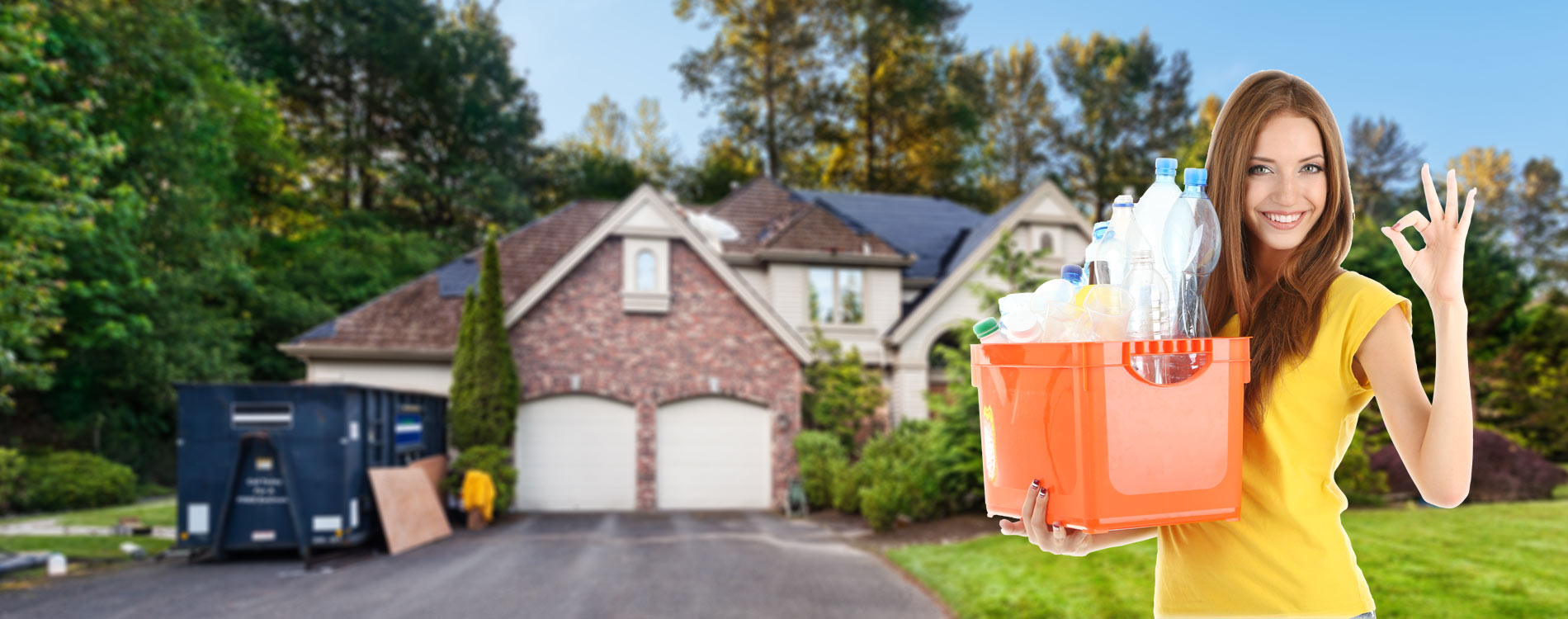Recycling: A Key to Clean Air
Posted on 15/03/2025
Recycling plays an essential role in protecting our environment, mitigating climate change, and enhancing air quality. As population growth and industrial activities surge, air pollution becomes a critical issue. This negative impact on air quality necessitates effective solutions, and recycling emerges as a potent method to address these challenges.
Understanding the Air Pollution Crisis
Over recent decades, air pollution has escalated dramatically. Vehicle emissions, industrial discharges, and deforestation are just a few contributing factors. Polluted air harbors harmful chemicals and solid particles that can penetrate human respiratory systems, leading to serious health problems like asthma, bronchitis, and even heart disease.

How Recycling Impacts Air Quality
Recycling conserves natural resources, reducing the need for raw material extraction, which is often an energy-intensive and polluting process. For example, manufacturing products from recycled aluminum saves up to 95% of the energy required to make the same product from raw materials. Likewise, paper recycling significantly decreases pollutants and energy use, leading to a noticeable improvement in air quality.
The Role of Different Materials in Recycling
Different materials have diverse impacts on air quality:
- Plastic: Recycling plastic reduces the demand for new plastic production, which typically involves burning fossil fuels and emitting greenhouse gases.
- Metals: Recycling metals such as steel and aluminum significantly cuts down on mining activities, diminishing air pollution.
- Paper: The paper industry's reliance on deforestation and fossil-fuel-powered processes can be alleviated by recycling, conserving energy, and reducing harmful emissions.
Practical Tips for Effective Recycling
1. Sort Your Waste: Properly segregate recyclables from non-recyclables. Use designated bins for different materials like plastics, metals, greens, and paper.
2. Educate and Participate: Engage in community recycling programs and educate others about the benefits of recycling.
3. Opt for Products Made from Recycled Materials: Support companies that prioritize manufacturing products from recycled goods.
4. Reduce and Reuse: Before recycling, consider reducing your consumption and reusing products to minimize waste.
5. Stay Informed: Keeping updated with local recycling guidelines helps ensure your efforts are effective.
Pros and Cons of Recycling
Pros:
- Reduces Pollution: Minimizes the emission of harmful pollutants, contributing to cleaner air.
- Conserves Resources: Limits the extraction of raw materials, preserving natural habitats.
- Saves Energy: Significantly reduces energy consumption in manufacturing processes.
- Economic Benefits: Creates jobs in the recycling and manufacturing industries.
Cons:
- Initial Costs: Setting up recycling facilities and systems can be expensive.
- Contamination: Incorrectly sorted materials can contaminate recyclables, making them less effective.
- Limited Recycling Capacity: Some materials are harder to recycle and may not be accepted everywhere.

Key Takeaways
- Recycling significantly improves air quality by limiting the need for raw material extraction and reducing energy consumption.
- Educating communities and participating in organized recycling programs enhances effectiveness.
- While recycling has many advantages, it also presents challenges that need to be managed diligently.
Conclusion
Recycling stands out as a crucial measure in the fight against air pollution and for better environmental health. By understanding and implementing effective recycling practices, we can make a substantial difference in our global environmental footprint, contributing to cleaner air and a healthier planet.

 020 8610 9486
020 8610 9486










